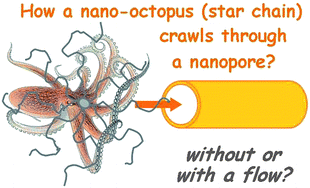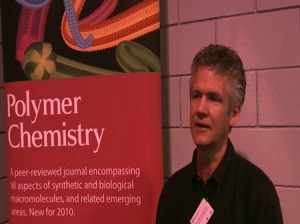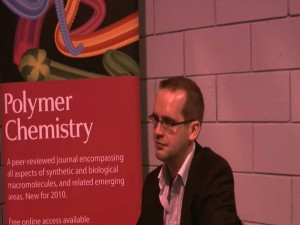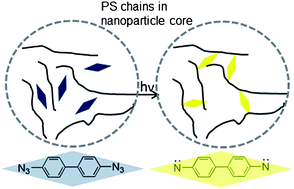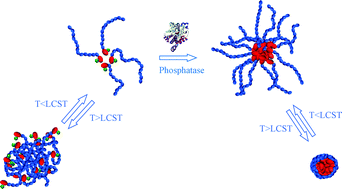
Christopher Barner-Kowollik is the head of preparative macromolecular chemistry group in the Institute for Technical Chemistry and Polymer Chemistry in Karlsruhe Institute of Technology. The main interests of his research group are optimization of existing and novel living/controlled free radical polymerization methods, design of complex macromolecular architectures for variable applications, orthogonal polymer conjugation, surface modification of nano- and micro-objects, kinetics and mechanism of polymerization reactions, high resolution mass spectrometry and multidimensional chromatography on polymer systems. Please follow the link for further information on Christopher’s research group MacroArc and his recent review on Polymer Chemistry.
What was your inspiration in becoming a chemist?
I only came to chemistry during my last three years of high school in Germany and the US. In the US, I had a fantastic chemistry teacher, who really inspired me – she made chemistry a fun and interesting subject. Since then, the desire to find out what occurs on a molecular level and how it can be put to good use has provided me with continued enjoyment of the subject.
What was the motivation behind the research in your recent Polymer Chemistry paper where you have discussed the role of nitrones in the preparation of functional polymers?
In early 2008, we started a research program – together with my former post-doctoral fellow Dr. Thomas Junkers (who is now a professor) and PhD student Edgar Wong – into the use of nitrones for controlling molecular weight and mid-chain functionalities in free radical polymerization.
In the beginning, we had a completely different application for nitrones in mind, but then came fast to realize that these fascinating spin traps hold significant potential for the facile design of macromolecules, especially in combination with orthogonal ligation protocols. Since, we have come to appreciate the pioneering efforts of other researchers in this field, most notably the groups of Helmut Ritter and Christophe Detrembleur. It was thus quite natural to summarize the current state of the art, collating our work together with the existing material from other groups. The result is the current review, which we hope will inspire others to employ nitrone based macromolecular design. We will continue to further develop nitrone based design techniques and applications well into the future.
Why did you choose Polymer Chemistry to publish your work?
Being involved with Polymer Chemistry almost from the beginning, I find it a most vibrant and highly chemistry focused journal that publishes very high quality work. It was thus only natural to place a lot of our best work in the journal.
In which upcoming conferences may our readers meet you?
In 2011, I will be attending the up-coming polymer conference in Stellenbosch in South Africa, the International Conference on Polymer Colloids in Durham, New Hampshire, as well as the ACS Meeting in Denver.
How do you spend your spare time?
I spend most of my spare time with my wife (who is also a polymer chemist) and two children playing, travelling and doing things that we enjoy as a family. If some time remains, I am into jogging as well as sessions of deep-into-the-night-reading of short stories – I love Roald Dahl and his most brilliant wit.
Which profession would you choose if you were not a scientist?
My other passion – besides chemistry – is history. At the day of my university enrollment, I was still tossing up between chemistry and history. It was a very close call and I often wonder what would have been, had I taken my choice differently. I am fascinated by the work of historians such as Ian Kershaw for their precision analysis of complex past events. History is the one subject I could readily leave chemistry behind for.
Comments Off on Polymer Chemistry Author of the Week – Christopher Barner-Kowollik


